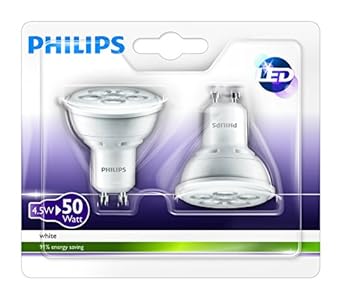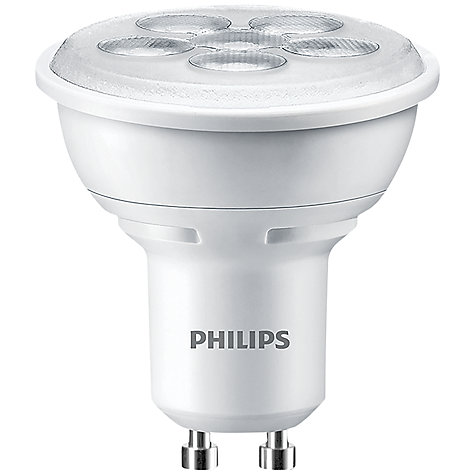
We have a very special offer on two different twin packs of Philips LED GU10s, these lights are perfect for home use in your kitchen, living room and bathroom.
These twin packs come in two different wattages; 3.5W which is equivalent to a 35W halogen and 4.5W which is equivalent to a 50W halogen. These lamps last for a long lifetime of 15,000 hours and have a beam angle of 36°. They can provide exceptional energy savings and are retrofit meaning they can swapped like for like with your existing fittings with no maintenance costs. The easiest and cheapest way to switch your home to LED!
 |
| 3.5W as low as £5 for a pack! |
 |
| 4.5W as low as £6.40 for a pack! |
To see the full information for the different twin packs please click here.
Only whilst stocks last- Hurry, get them before they're all gone!

